Emergency response training offshore
| Written by Mark Buzinkay
Safety is an integral part of offshore operations, but also a factor that contributes to greater profits. The beginning “Great Crew Change” and the expanding area of offshore activities demand more than a focus on safety know-how and preparedness. It is imperative to rethink the way safety knowledge is shared within the workforce.
In this extended article, we talk about improving the emergency training response.

No video selected
Select a video type in the sidebar.
Table of contents:
- Old Industry, New Challenges
- Safety And Productivity
- Safety Rules Make Sense - Always?
- Ways To Increase Crew Safety - Safety Culture, Preparedness, Emergency Response Training
- How Do You Train And Improve Emergency Response Training?
- The Value Of Feedback In Safety Training
- Motivate, Practice, Be Ready
- Glossary
OLD INDUSTRY, NEW CHALLENGES
Truly, offshore drilling began 70 years ago, and the industry continues to flourish today. The demand for oil and gas remains high despite the decarbonization trend of global activities and new technologies like wind farms, which are also developed to profit from offshore energy. Industry trends suggest a shift into the digitalisation of processes – from exploration to process optimisation: 3D modelling, blockchain, augmented reality, big data, robotics, and the internet of things are a few of these trends, among others (1). What remains from the past are the harsh environments and the expansive and complex machinery, which have been a constant companion of the offshore industry since its beginning.
In the future, companies in the offshore sector will continue to lower carbon emissions while also being forced to lower costs to attract necessary investments (2) and stay competitive. Cutting costs mandates excellent operational practices, lower technical risks, and better exploitation of smaller reservoirs, even in more difficult areas like the deep sea. Besides that, “the Great Crew Change” may be one of the bigger challenges to the offshore industry in the coming years: as many experienced workers will retire, the cohort of late 30s to 50s is small. With retirement departures, knowledge and experience negatively affecting safety and productivity, emergency response training will become more crucial.
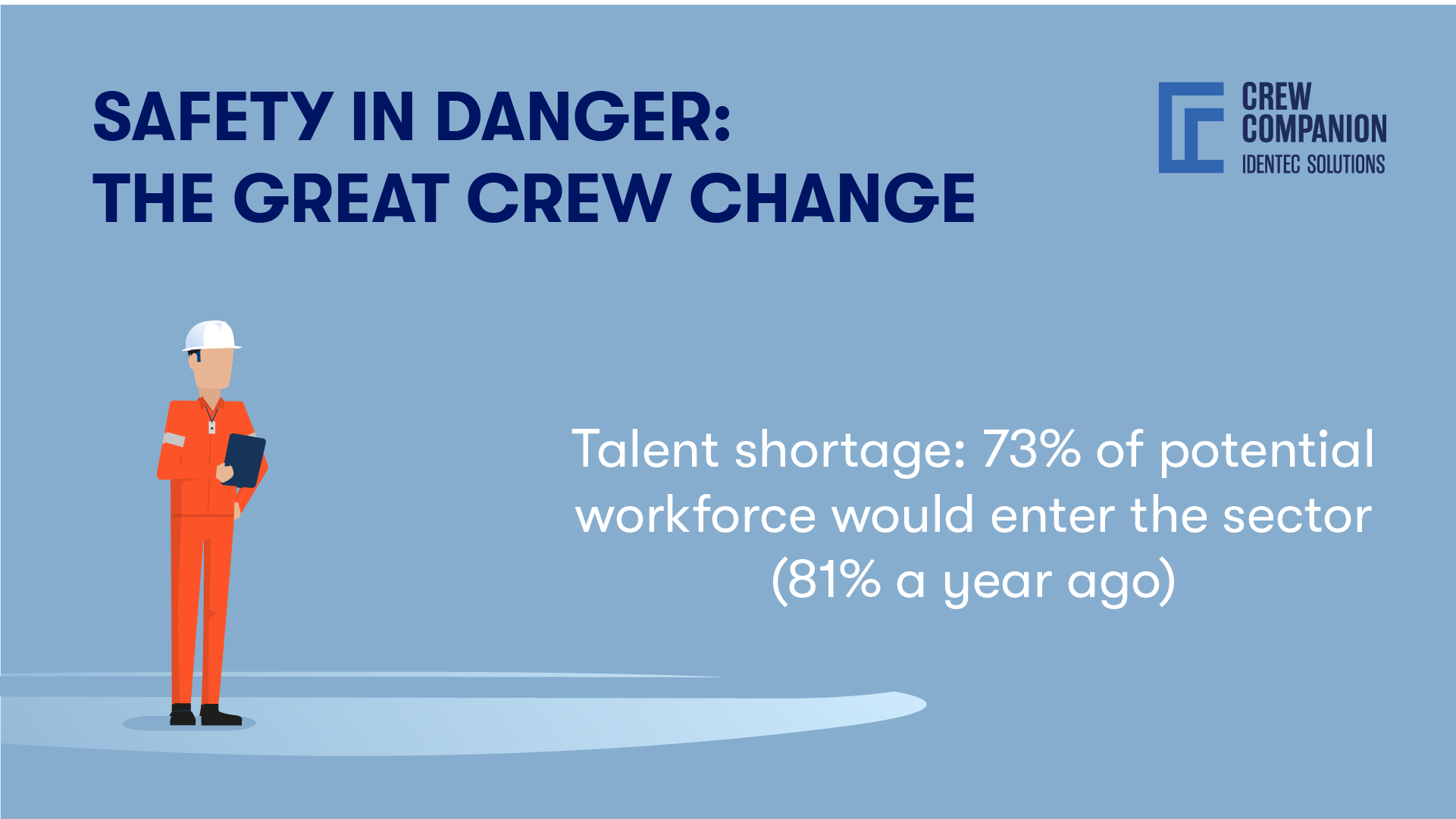
SAFETY AND PRODUCTIVITY
The first mobile offshore drilling units were deployed in the mid-1950s. Since then, technology has made giant steps with a steep learning curve. The need for worker safety has been re-evaluated because of the many tragic incidents and several disasters on offshore installations like the Alexander L. Kielland sinking and the Piper Alpha Disaster. More and more, workplace safety was enforced with regulatory power. The Norwegian safety standards (3) for offshore installations (including offshore safety equipment) are considered the strictest in the world. Unsurprisingly, this industry's safety record is one of the highest among others in Norway (4).
As companies now understand auditing and reporting, a safety plan, and emergency response training, they promote a culture of safety, which goes hand-in-hand with business growth. There are still factors that challenge the existing rig safety standards: inconsistent level of commitment to safety, a lack of trained safety professionals and seasoned personnel being replaced.
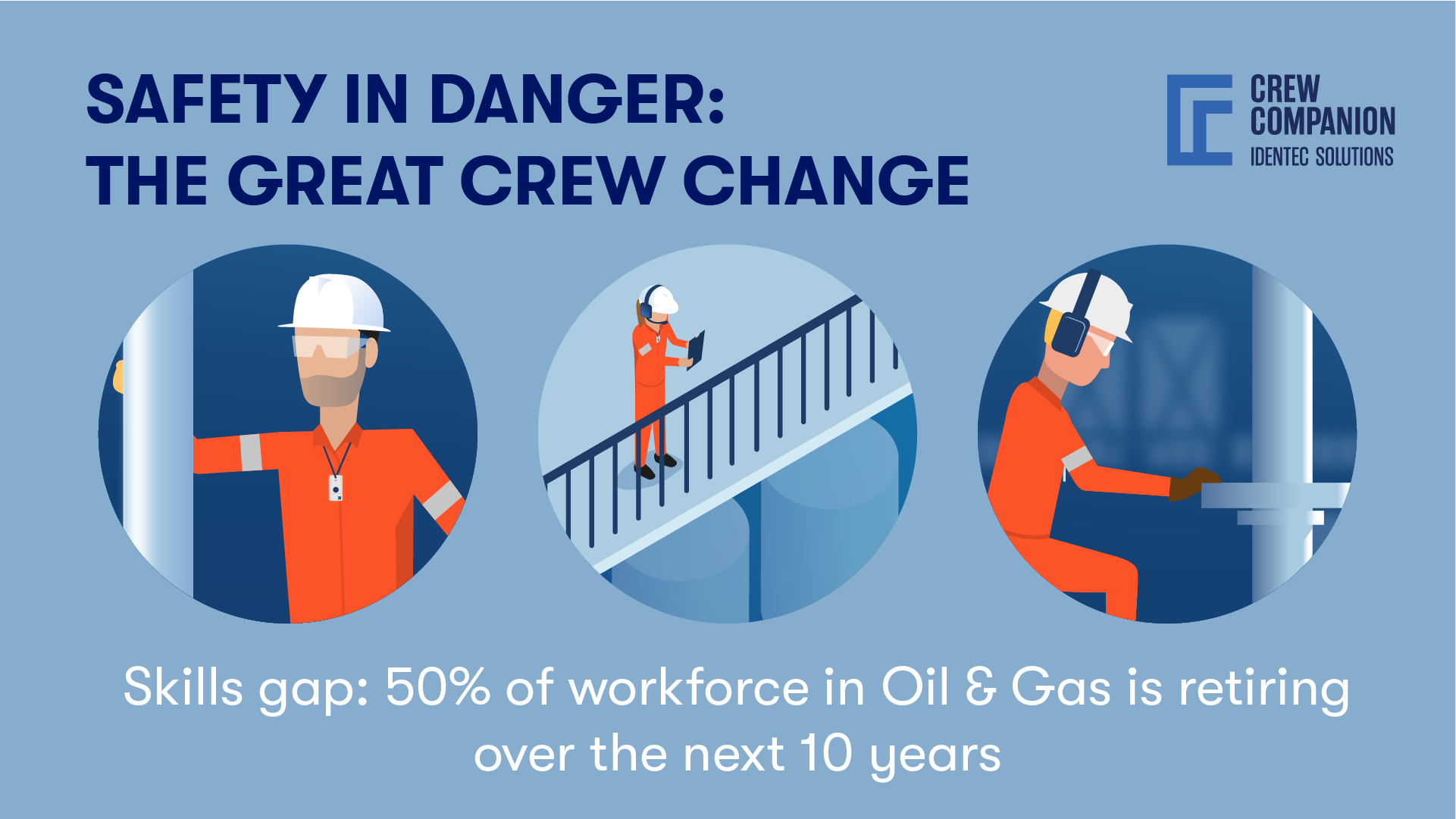
SAFETY RULES MAKE SENSE - ALWAYS?
Safety rules are unavoidable in hazardous work. They prescribe general procedures that staff must follow. Where operations are heavily regulated, such as on an offshore oil rig, safety rules standardise underlying activities. But sometimes, they can be difficult to follow as prescriptions. Due to changing and unpredictable circumstances, members must adopt rules in the various contexts and situations they may encounter. In this case, safety rules act as guidelines that help make sense of the workers’ environments and develop specific expertise.
In many hazardous industries, accidents are key moments to enhance knowledge about dangers and their consequences. These lessons are often codified into standards and rules, abstracted to fit various circumstances. The process of documenting lessons includes individual narratives, descriptions, collected data and other means of translating failure into a helpful and effective collection of safety rules.
Updating rules from incident to incident is important, but it also involves the danger of tightening safety rules too far, which can hamper the member’s adaptation of a safety rule to a specific situation.
The success of safety rules depends entirely on whether and how members apply lessons and skills in the moment of danger (5). This in-the-moment mindfulness about hazards and situations is the intended objective of any emergency response training based on safety rules.
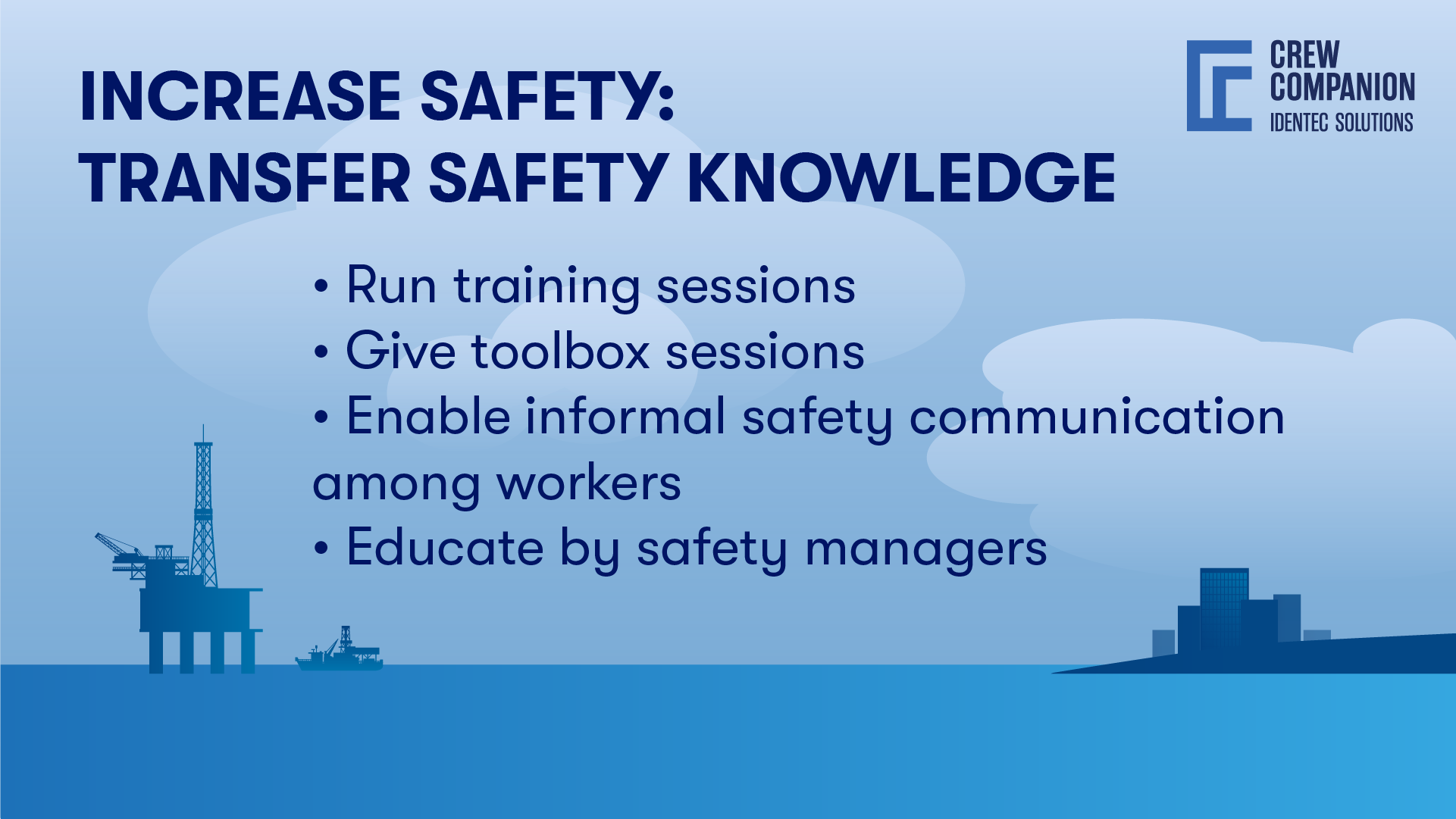
WAYS TO INCREASE CREW SAFETY - SAFETY CULTURE, PREPAREDNESS, emergency response training
Safety rules as codified experiences from incidents result from the (ethical) responsibility of organisations to ensure the safety of their members. This includes all activities and the workplace, identifying and mitigating threats. It has been shown that socially supportive environments and the organisation's role in setting clear safety guidelines are important to establish a safety culture independent of the industry (6).
In the furniture manufacturing industry, for example, occupational accidents often result from non-compliance with machining regulations and incorrect work practices. Promoting a safety culture plays an important role within this sector (7). To reduce occupational accidents, continuing professional development is required to change members’ behaviour towards machine safety. This involves addressing a safety culture within the industry and lifelong learning.
Lifelong learning is part of an attitude that may best be described as preparedness. It results in fast reaction and adaptation of skills and knowledge in case of sudden threats. It is important to note that safety skills and the corresponding training programs also depend on organisational issues. The firm’s structure, middle management’s commitment to safety, and the effectiveness of safety trainers in improving the quality of training sessions are key components.
As a result, knowledge transfer, motivation to learn, and capturing the necessary information in safety training sessions are enabled (see also the idea of the emergency response drill). According to Jaselskis (8) and O’Toole (9), middle management’s commitment to safety training results in lower injury rates and helps improve a company’s safety culture. (10)
Understand more about HSE, roles and wind farm operations...
HOW Do you TRAIN AND IMPROVE Emergency Response Training?
Besides a vivid safety culture, there is no safety without training. The current literature supports the view that training is a major factor in sustaining and improving safety performance. Training is the transfer of practical know-how from one person to another. Three basic learning styles exist: visual, auditory, and hands-on learning. Individuals learn things in different ways and at their own pace. For example, visual learners learn best by seeing, while auditory learners like to listen, and hands-on learners learn best through practical instruction. (11)
Training inefficiency may occur when the goal of a training session is not set properly, and workers needs are not met when developing the safety training content. Well-designed content results in higher efficiency during training sessions as workers start with differing levels of knowledge (12).
Therefore, designing safety training content requires an in-depth analysis of the materials, methods and processes that workers perceive to be of importance to safety. Hallowell (13) conducted eleven case studies in different regions of the U.S. and found that the most common methods used by companies to transfer safety knowledge are orientation and training sessions, toolbox talks, informal safety communication among workers, and formal presentations by safety managers.
Preparedness in hazardous environments plays an important role. Firefighters, for example, must effectively train in many subject areas to avoid injury. This includes learning through various learning actions from different sources, like observation during training, drills, incidents, and responses, but also networking with other firefighters and educational material provided. (14)
One major aspect of collaborative learning is feedback and debriefing. Debriefs are a type of meeting in which team members discuss and learn from recent events, such as training during which they worked together. Well-conducted debriefs can improve team effectiveness by 25% across various organisations and settings. Subsequently, debriefs have been introduced in the medical field, the fire service, aviation, education, and in a variety of organisational training and simulation environments. (15)
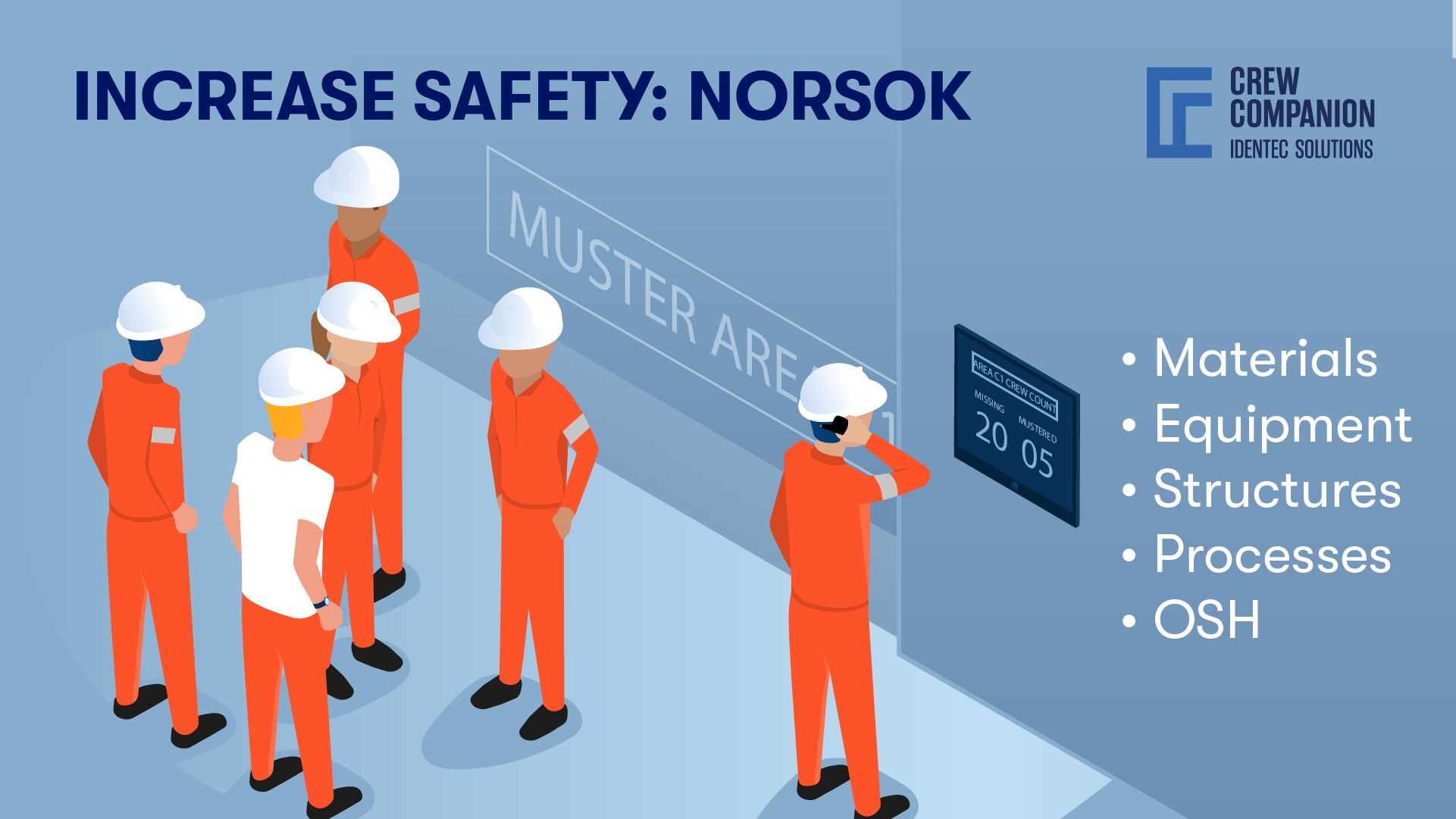
THE VALUE OF FEEDBACK IN SAFETY TRAINING
Debriefs and feedback play important roles in improving safety skills and performance. Furnham (16) argues that detailed and timely feedback can enhance safety performance as it reinforces learning. Other studies (17) found that feedback should be continuous to achieve safety performance. Therefore, feedback deserves special attention when conducting emergency response training.
As accurate feedback improves learning skills, clarifies safety learning, and reinforces strong communication among workers, there are different ways to obtain feedback. One is by using reflection. For learning to occur by reflection, the learners should recapture and re-evaluate their previous experiences (18). Encouraging individual thinking, group discussions, exchanging ideas, comparing training notes, and organising roundtable discussions might leverage learning by reflection, supported by training data obtained during the session. In summary, formal and informal feedback are important in boosting workers’ learning relative to safety.
Feedback can be obtained by tracking members during drills (compare e mustering solutions). Such practice helps to evaluate the training session and demonstrates how much was learned. Overall, the collected data is comparable and helps to assess the results of an individual task or a team drill. Even complex scenarios can be recorded and monitored, and later used for a better debriefing of a training session. This applies to work staff and management and command posts – in this way, real-world scenarios (like an evacuation after an explosion or a search-and-rescue operation) can be run in a dynamic “virtual” environment and recreate the decision-making processes in an emergency.
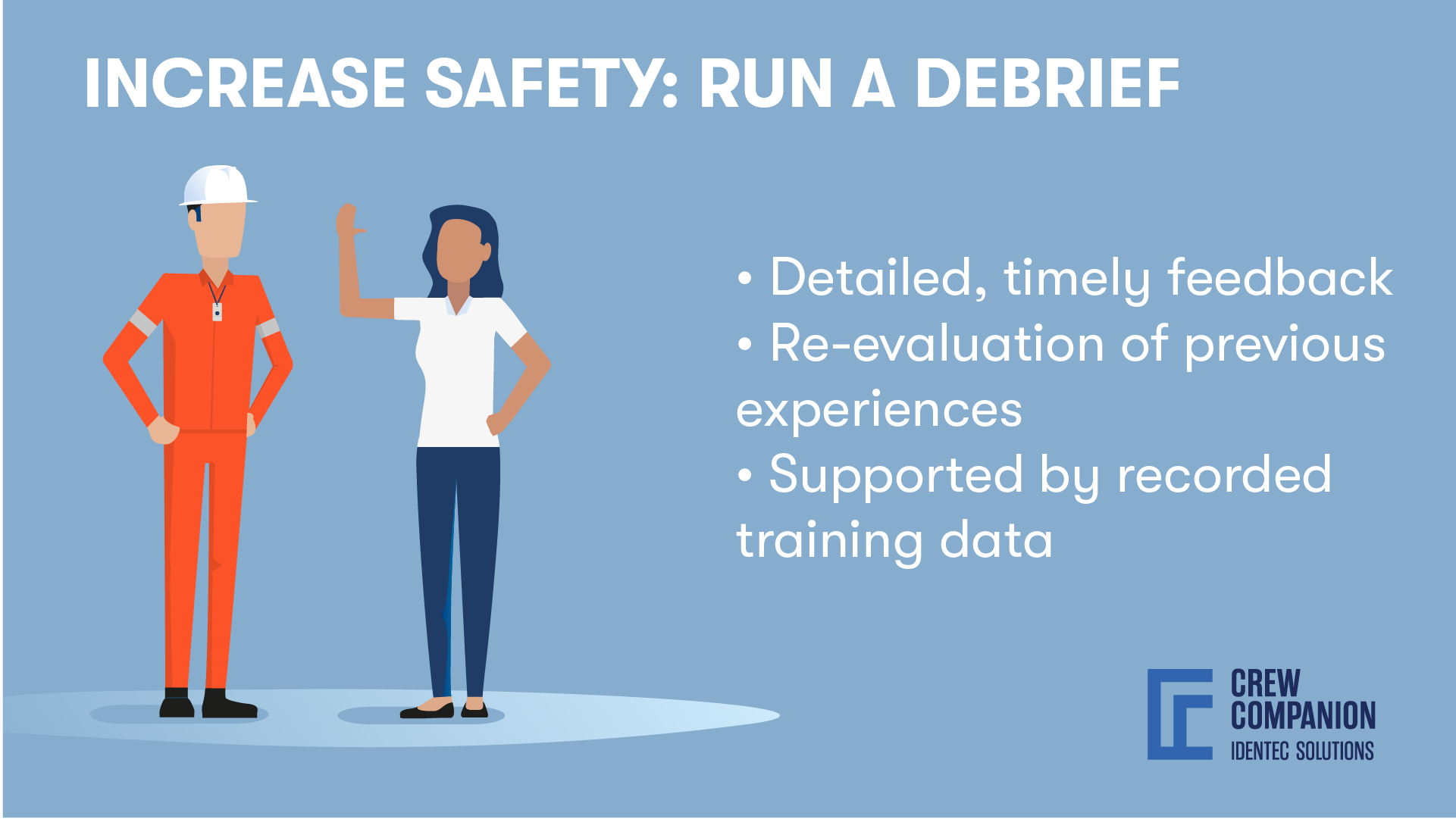
MOTIVATE, PRACTICE, BE READY
Safety training and feedback are at the core of improved safety behaviour. One aspect still stands out: promoting pride in work completed without accidents and motivating members through frequent and effective training meetings. Individuals who are part of an effectively trained team take pride in their company if projects are completed with an excellent safety record. (19)
One way to motivate people to participate in safety training is by gaining buy-in. A promising strategy is to focus on what’s in it for every participant. If a safety program’s purpose is not clear or benefits the company only, many members won’t take the training seriously. An effective program presents how safety programs impact workers – for instance, going home to families safely may outweigh the HSEQ manager's campaign of zero accidents for the individual worker. The personal benefit must be bigger than the perceived inconvenience, and the consequences of a potential accident must be obvious. Questions like “What are the short-term and long-term effects for the individual if the safety precautions are not taken seriously?” prompt more active engagement. Consequently, safety drills will be motivated to improve, regardless of whether they are announced or not.
High motivation, continuous practice and readiness for unexpected situations are best achieved when using behavioural objectives. Once the purpose of safety training has been designed around the employees' needs, learning outcomes must be decided. Goals and training objectives are critical to the training process and should be recorded to show improvements. This will further motivate members to participate in emergency response training to break another record, as well as observe the differences between members or groups.
Learn more about electronic mustering.
Delve deeper into one of our core topics: Emergency response management
Glossary
The Piper Alpha disaster was a catastrophic offshore oil rig explosion on July 6, 1988, in the North Sea, about 120 miles northeast of Aberdeen, Scotland. The disaster, caused by a gas leak due to maintenance miscommunication, resulted in a series of explosions and fires, killing 167 workers. It remains the deadliest offshore oil industry accident. The Cullen Inquiry identified poor safety management and inadequate emergency response as key failures. The tragedy led to major reforms in offshore safety regulations, shifting responsibility from companies to independent regulators, significantly improving safety culture and risk management in the oil and gas industry. (20)
Sources:
1: https://www.startus-insights.com/innovators-guide/top-10-oil-gas-industry-trendsinnovations-in-2021/ (25.08.2025 Status: Offline)
2: https://www.forbes.com/sites/uhenergy/2021/03/10/challenges-and-trends-for-the-oil-andgas-industry/ (25.08.2025 Status: Offline)
3: https://www.ptil.no/
4: Edwin, K.W.; Nilsen, M.; Albrechtsen, E. Why Is the Construction Industry Killing More Workers
Than the Offshore Petroleum Industry in Occupational Accidents? Sustainability 2021, 13, 7592.
https://doi.org/10.3390/su13147592
5: Jahn JLS. (2016): Adapting Safety Rules in a High Reliability Context: How Wildland
Firefighting Workgroups Ventriloquize Safety Rules to Understand Hazards. Management
Communication Quarterly. 2016;30(3):362-389. doi:10.1177/0893318915623638
https://journals.sagepub.com/doi/full/10.1177/0893318915623638
6: https://link.springer.com/chapter/10.1007/978-3-030-43826-5_4
7: https://www.sciencedirect.com/science/article/abs/pii/S0925753513002300
8: Jaselskis, Edward J. et al. “Strategies for Achieving Excellence in Construction Safety
Performance.” Journal of Construction Engineering and Management-asce 122 (1996): 61-70.
9: O’Toole, M. (2002) The Relationship between Employees’ Perceptions of Safety and
Organizational Culture. Journal of Safety Research, 33, 231-243.
http://dx.doi.org/10.1016/S0022-4375(02)00014-2
10: https://www.sciencedirect.com/science/article/pii/S0263786315000083
11: https://www.sciencedirect.com/science/article/pii/S0263786315000083
12: V. Tam, I. Fung (2012): Behavior, attitude, and perception toward safety culture from
mandatory safety training course. J. Prof. Issues Eng. Educ. Pract., 138 (3) (2012), pp. 207-213
13: Hallowell, M. (2012): Safety-Knowledge Management in American Construction
Organizations. In: Journal of Management in Engineering 28(2):203-211. DOI: 10.1061/(ASCE)
ME.1943-5479.0000067
14: Crandell, Brian M. (2004): Learning actions of fire fighters using best practices. Montana
State University.
15: Allen, J. A., Reiter-Palmon, R., Crowe, J., & Scott, C. (2018). Debriefs: Teams learning from
doing in context. American Psychologist, 73(4), 504–516.
https://doi.org/10.1037/amp0000246
16: A. Furnham (2005): The Psychology Behavior at Work: The Individual in the Organization
(Second Edition), Taylor & Francis Group, New York, NY (2005)
17: M. Loosemore (1998): Psychology of accident prevention in the construction industry. J.
Manag. Eng., 14 (3) (1998), pp. 50-56
18: B.P. Beaudin, D. Quick (1995): Experiential learning: theoretical underpinnings. High Plains
Intermountain Center for Agricultural Health and Safety (HI-CAHS) Report No. ETT-95-02,
Colorado State University, CO (1995)
19: N. Bontis, M.M. Crossan, J. Hulland (2002): Managing an organizational learning system by
aligning stocks and flows. J. Manag. Stud., 39 (4) (2002), pp. 437-469(20) https://www.thechemicalengineer.com/features/piper-alpha-the-disaster-in-detail/
Note: This article has been updated on the 25th of August 2025. This article was partly created with the assistance of artificial intelligence to support drafting. The head image was created with AI.

Author
Mark Buzinkay, Head of Marketing
Mark Buzinkay holds a PhD in Virtual Anthropology, a Master in Business Administration (Telecommunications Mgmt), a Master of Science in Information Management and a Master of Arts in History, Sociology and Philosophy. Mark spent most of his professional career developing and creating business ideas - from a marketing, organisational and process point of view. He is fascinated by the digital transformation of industries, especially manufacturing and logistics. Mark writes mainly about Industry 4.0, maritime logistics, process and change management, innovations onshore and offshore, and the digital transformation in general.





